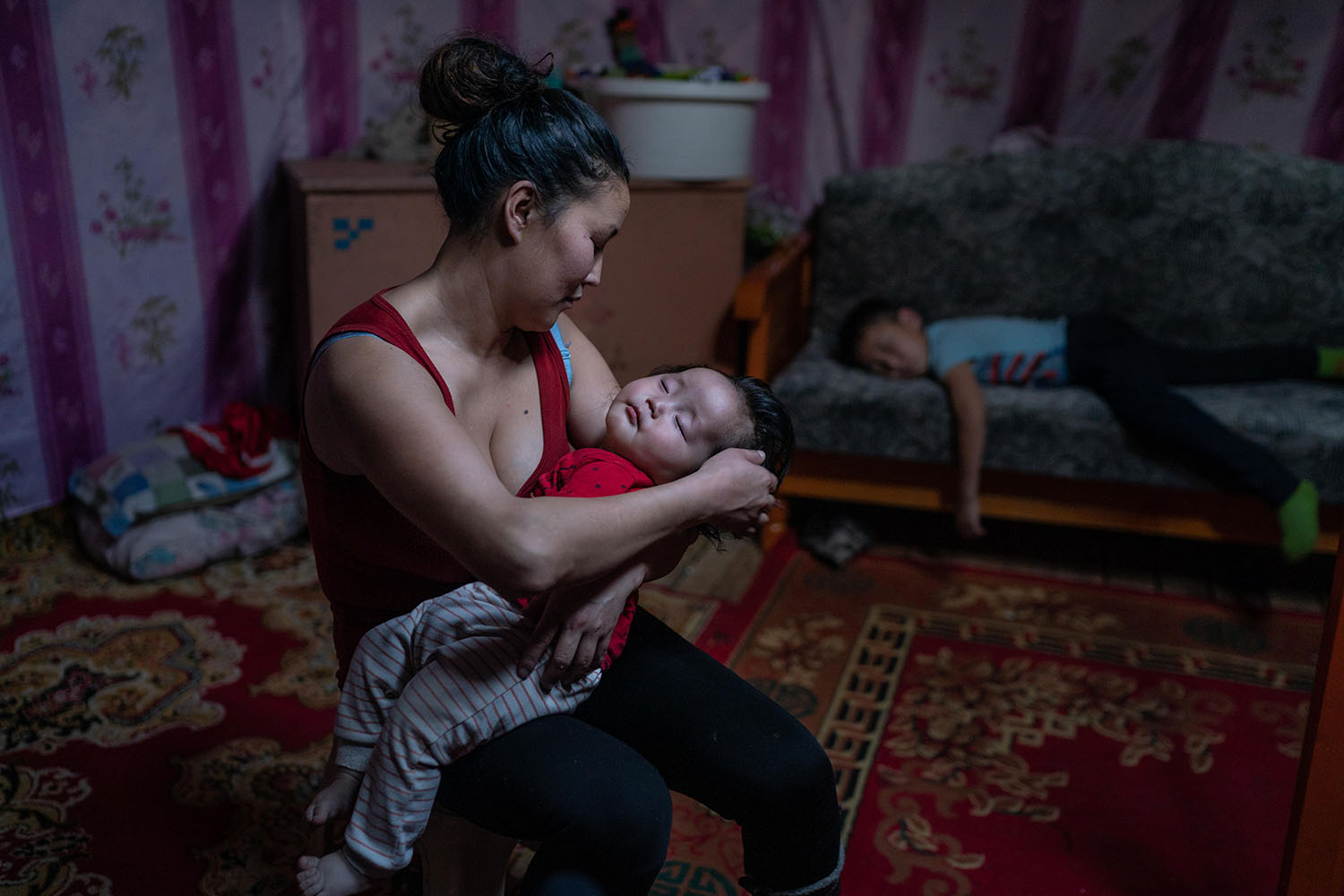Hannah Reyes Morales is a photographer whose work documents tenderness amidst adversity. Her photography, both visceral and intimate, takes a look at how resilience is embodied in daily life. She grew up in a crowded Manila, witnessing loved ones depart from home each year. These departures, along with the discovery of a shelf of dusty photographic magazines stirred her interest in concerned photography. Through her photography she has reported on forced marriages in Cambodia, documented women’s experiences with assault in the ongoing conflict in South Sudan, and explored the long term effects of colonisation on women’s bodies in the Philippines. She has photographed the toll of Rodrigo Duterte’s war on drugs, and documented the Filipino Diaspora and the effects of it on the island nation where she is from. She contributes work to The New York Times, The Washington Post, and National Geographic Magazine, among others. The World Economic Forum named her a cultural leader in their ASEAN forum. In 2019 she participated in the World Press Photo’s Joop Swart Masterclass and received the Tim Hetherington Visionary Award. She is a 2020 National Geographic Explorer. Hannah is currently working on longer term projects, focused on safe-space making and care giving.


